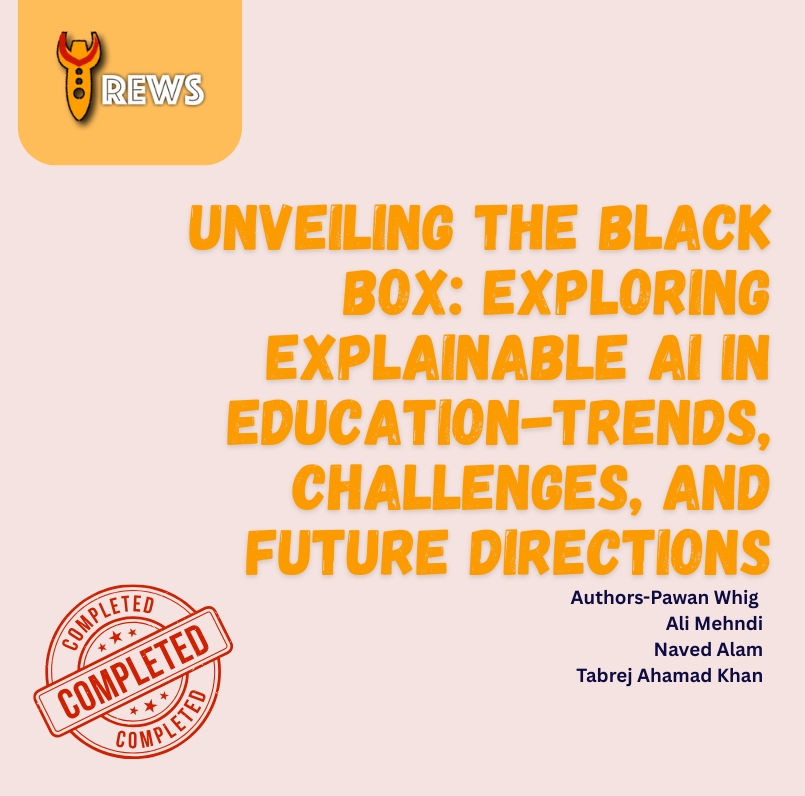Introduction: Explainable AI (XAI) in Education
As Artificial Intelligence (AI) becomes more integrated into education systems, the demand for transparency, fairness, and interpretability has intensified. This chapter explores the critical role of Explainable AI (XAI) in education, emphasizing the need to understand AI’s decision-making processes. XAI enhances trust and ensures that educators, learners, and policymakers can collaborate effectively with AI systems.
The Need for XAI in Education Contexts
Conventional AI models, though powerful, often operate as “black boxes,” making it difficult for users to comprehend their logic. This section highlights key challenges:
-
Educators struggle to validate AI-driven assessments and recommendations.
-
Students and guardians require transparency in grading and feedback.
-
Institutions face difficulty ensuring ethical compliance and accountability in AI applications.
Applications of XAI in Education
XAI holds transformative potential across various aspects of education:
-
Personalized Learning
-
Helps educators understand why and how learning paths are recommended.
-
Allows learners to trust the system and engage more effectively.
-
-
Transparent Assessment Systems
-
Provides clarity in AI-based grading, reducing perceived bias.
-
Offers interpretable feedback for continuous student improvement.
-
-
Data-Driven Decision-Making
-
Assists in curriculum planning and student performance forecasting.
-
Enables administrators to justify and refine AI-assisted policies.
-
Challenges and Ethical Considerations in XAI Implementation
Despite its benefits, implementing XAI in education comes with challenges:
-
Privacy concerns regarding sensitive student data.
-
Bias mitigation across AI models trained on potentially skewed datasets.
-
Balancing model complexity with interpretability, especially in high-stakes scenarios.
Ensuring ethical use requires a multi-disciplinary approach, combining AI expertise with educational and legal insight.
Case Studies and Emerging Trends
This section examines real-world use cases of XAI in education, including:
-
AI tutors that offer rationale for content adaptation.
-
Predictive systems providing transparent early warnings for student dropouts.
-
Research exploring visual and natural language explanations of AI outputs.
These examples demonstrate the potential of XAI to personalize, democratize, and humanize AI in learning.
Authors
Pawan Whig, Ali Mehndi, Naved Alam, Tabrej Ahamad Khan


